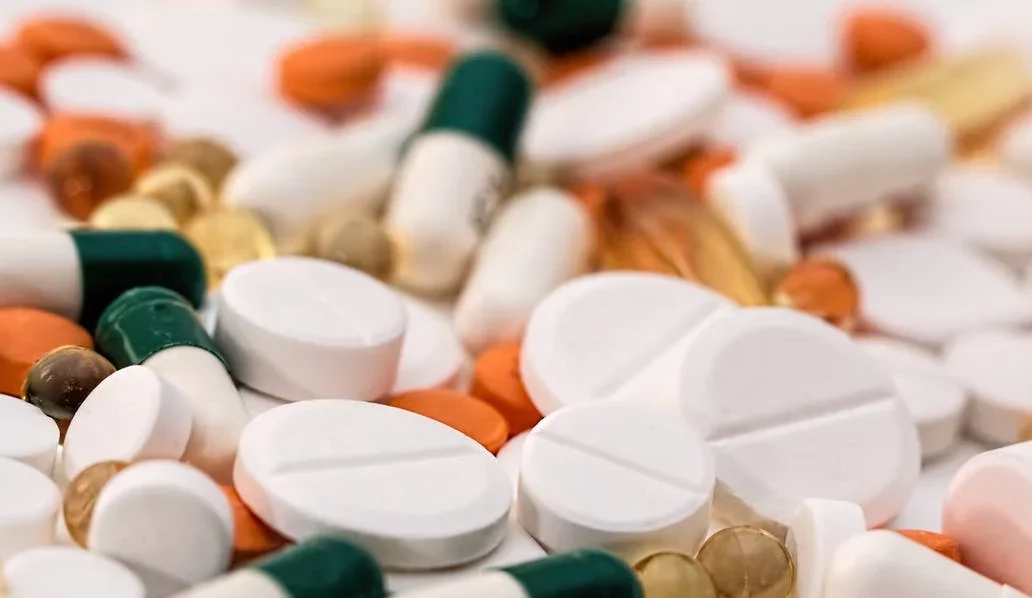There are many things to deal with when a loved one passes away. One that should not be overlooked is dealing with prescription drugs and other controlled substances that they possessed. There are laws governing the disposal of these substances, so it is important to understand the proper procedures that are required.
The Controlled Substances Act
In 1970, the US Congress passed the Controlled Substances Act (CSA), establishing five categories, or schedules, of controlled substances. Drugs, other substances, and certain chemicals used in making drugs are placed on one of these five schedules according to the drug’s acceptable medical use and potential for abuse. Schedule I drugs have no currently accepted medical use and a high potential for abuse while Schedule V drugs have the least potential for abuse. Controlled substances range from drugs such as heroin, LSD, and marijuana (Schedule I) to drugs such as Robitussin AC, Lomotil, and Lyrica (Schedule V).
Secure and Responsible Drug Disposal Act of 2010
In 2010, Congress passed the Secure and Responsible Drug Disposal Act (Disposal Act) to address the growing concern about misuse of prescription drugs, particularly among teenagers. To reduce teen access to prescription drugs that are often found in the home, the Disposal Act expanded the ways legal possessors of controlled substances could deliver any unused or unwanted controlled substances to appropriate individuals or agencies for safe and effective disposal, such as through collection receptacles, mail-back packages, and take-back events.
The Disposal Act also allows any person lawfully entitled to dispose of a deceased person’s property to dispose of any controlled substances that were in the deceased’s lawful possession. So, what are the steps you should take when disposing of your loved one’s controlled substances?
The Three Steps to Take to Safely Dispose of a Deceased’s Unused or Expired Controlled Substances
If your loved one was living in an assisted living facility or was in hospice prior to their death, check with the healthcare staff to find out whether they will dispose of the unwanted or expired medications. If you learn that you are responsible for their disposal and there are no specific disposal instructions in the medication package insert or you have not received specific disposal instructions from a healthcare provider, follow the steps below.
Step 1: Determine if there is a drug take-back site or program.
The first step for properly disposing of a deceased person’s controlled substances is to determine whether there is a drug take-back site or program near you. This is the best way to dispose of unwanted or expired medications. You can check the Drug Enforcement Agency (DEA) website or ask about possible options at your local pharmacy, hospital, or police station. Be sure to remove all personal information from prescription medicine labels and packaging. All medicines dropped off at a take-back location will be destroyed.
It is generally inadvisable to donate unused drugs, and the Federal Drug Administration (FDA) does not endorse this practice.
Step 2: Determine if the controlled substance is on the flush list.
If you do not have a drug take-back option available near you, the next step is to determine whether the controlled substance is on the FDA’s flush list. If the medicine is on the list, the next best option is to immediately flush the controlled substance down the toilet.
Medicines are placed on the flush list if they are either (1) highly sought because of their potential for misuse or abuse or (2) likely to cause death or serious illness from one dose if accidentally or inappropriately taken by children, vulnerable adults, or pets. Because these medications are so dangerous, they should not be placed in the trash. Flushing them down the toilet helps keep everyone in your home and community safer by reducing the risk of the drugs’ inappropriate or accidental use.
Be careful not to flush any medicine that is not on the flush list. Some examples of products on the flush list include any drugs containing the words fentanyl, hydrocodone, methadone, and morphine.
The FDA has concluded that the flushing of products on the flush list presents negligible risk to the environment or the contamination of surface and drinking water supplies. In addition, the FDA has determined that this risk is less than the risk of accidental or inappropriate use of such medicines. But remember, only flush medicines on the flush list if a take-back option is not readily available.
Step 3: Put nonflush medicines in the trash.
If there is no drug take-back site available, and the controlled substance you want to dispose of is not on the FDA’s flush list, you can dispose of the medicine by putting it in the trash after doing the following:
- Mix the medicine (liquid or pills) with an unappealing material such as dirt, cat litter, or used coffee grounds. Do not crush tablets or capsules.
- Place the mixture in a sealed container, such as a plastic Ziplock bag.
- Remove all personal information from the empty prescription bottles or medicine packaging.
- Throw the sealed container with the mixture and the empty packaging in the trash.
There are so many matters to attend to after a loved one has passed away. Following these steps for disposing of controlled substances will ensure that you have done your part to keep your family and community safer. If you need assistance wrapping up your deceased loved one’s affairs, please call us. We are glad to assist you.
